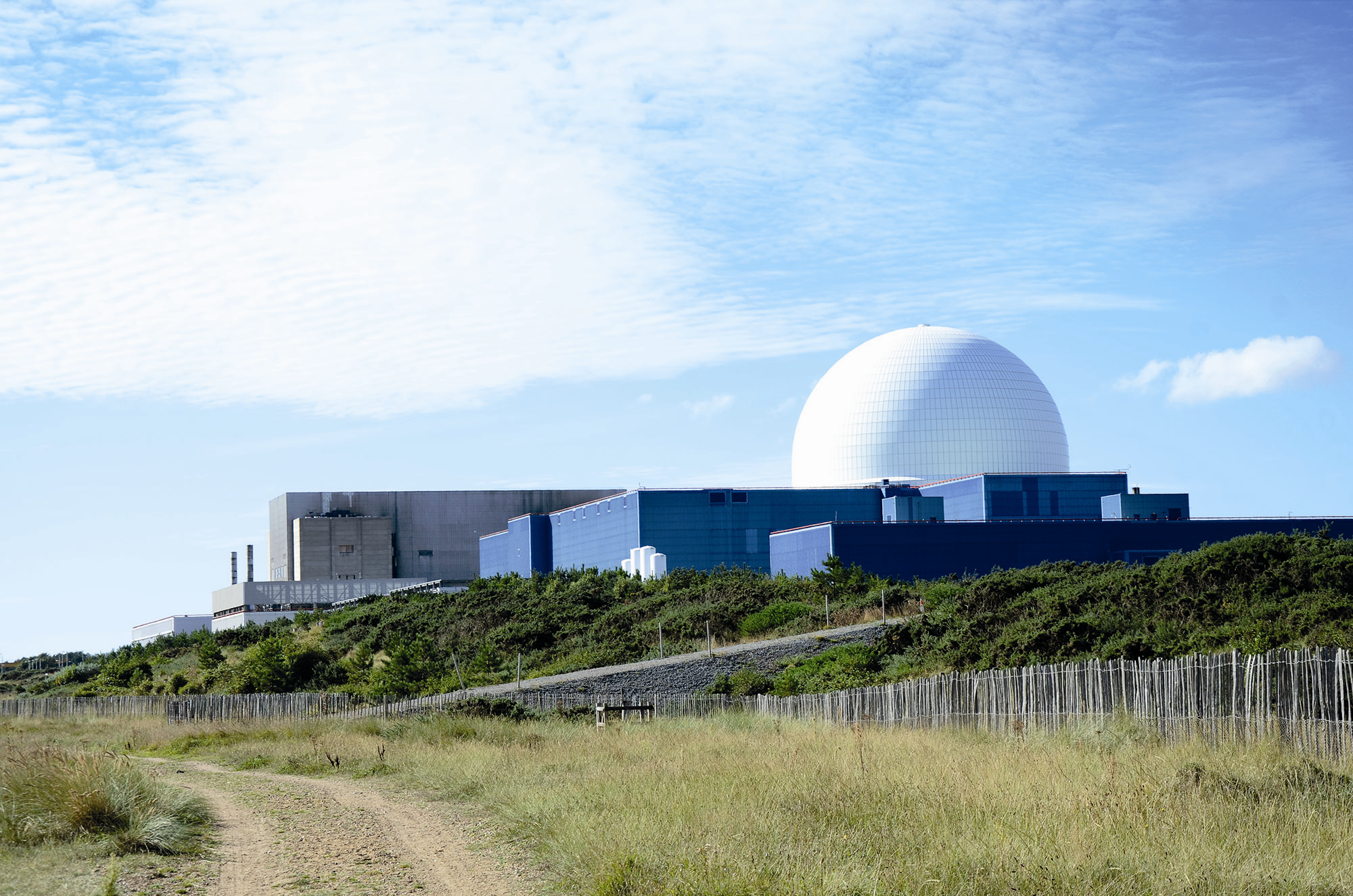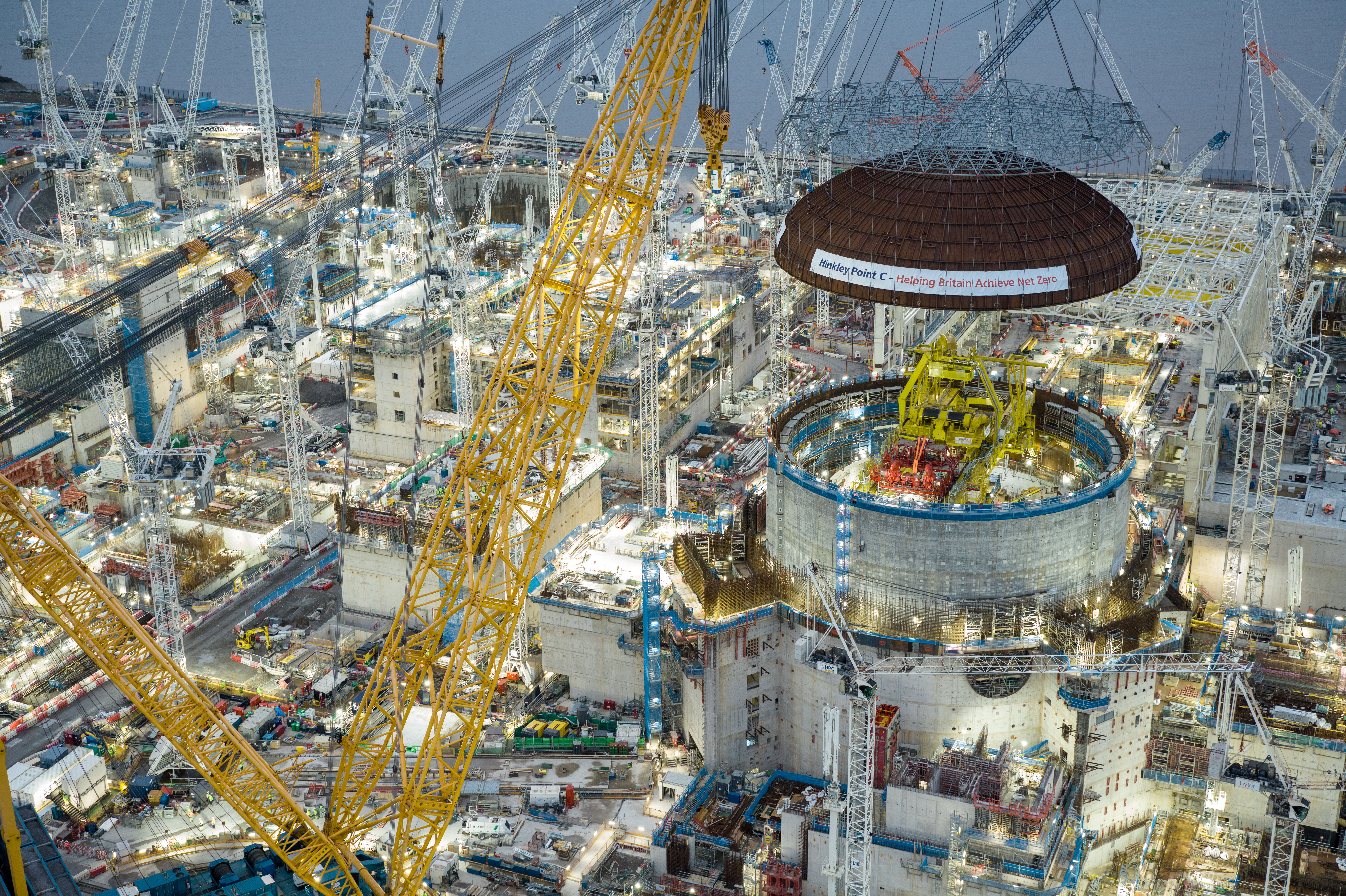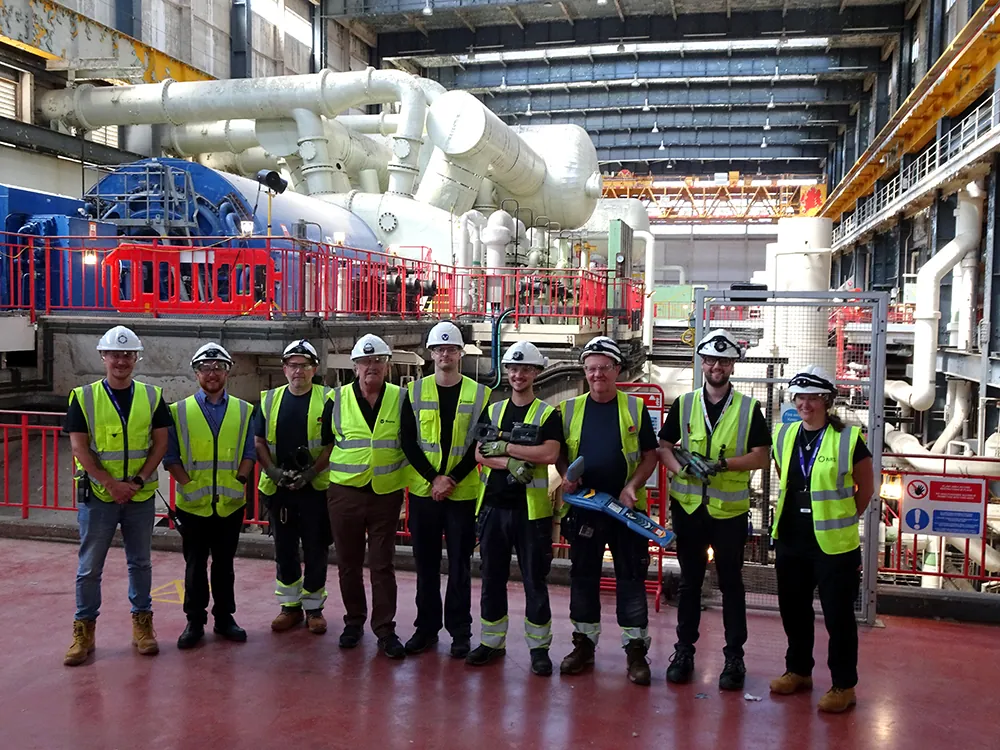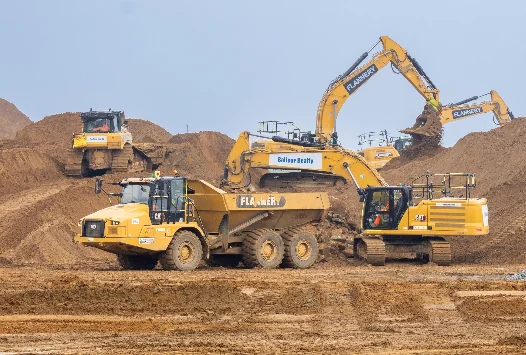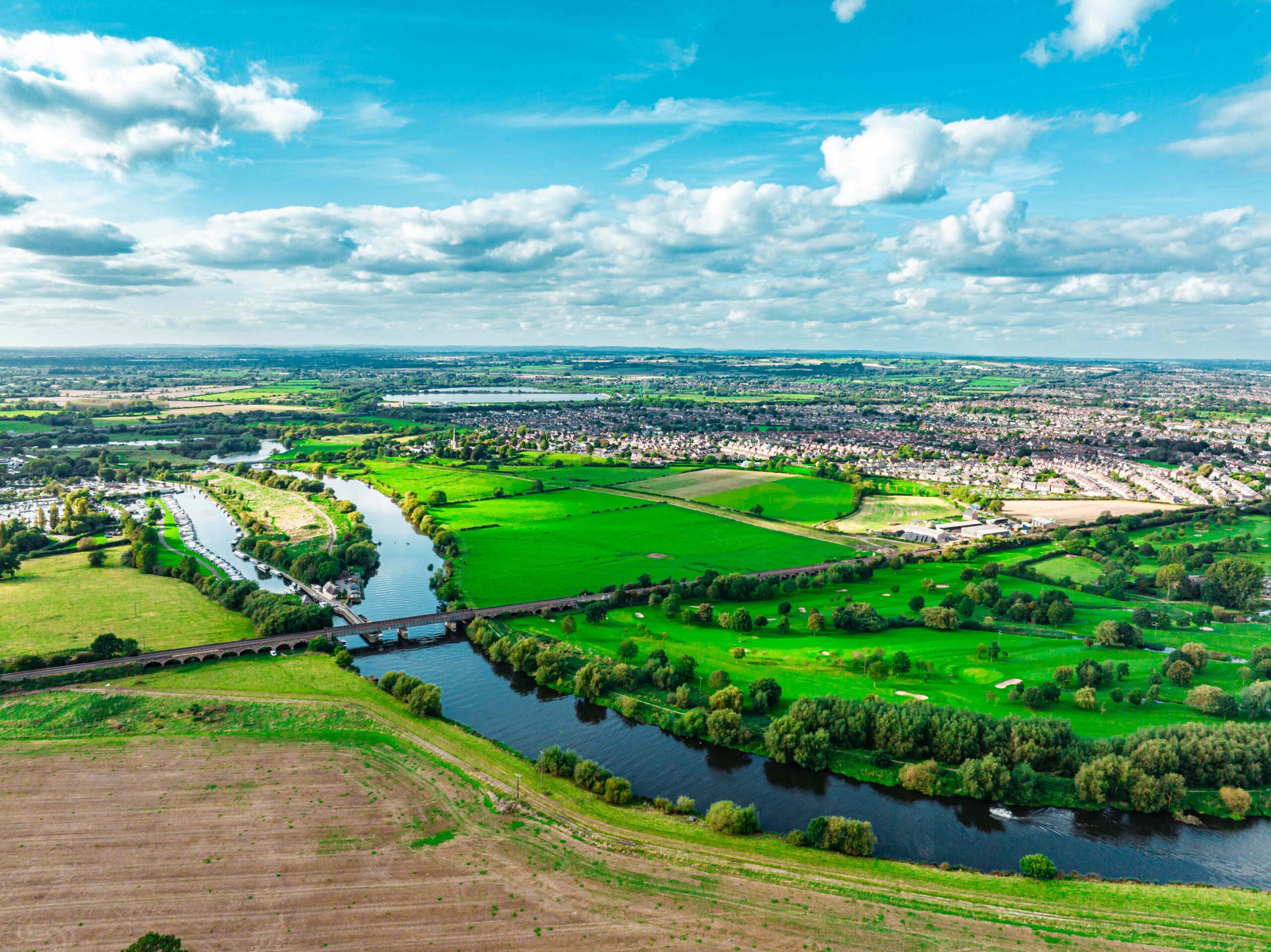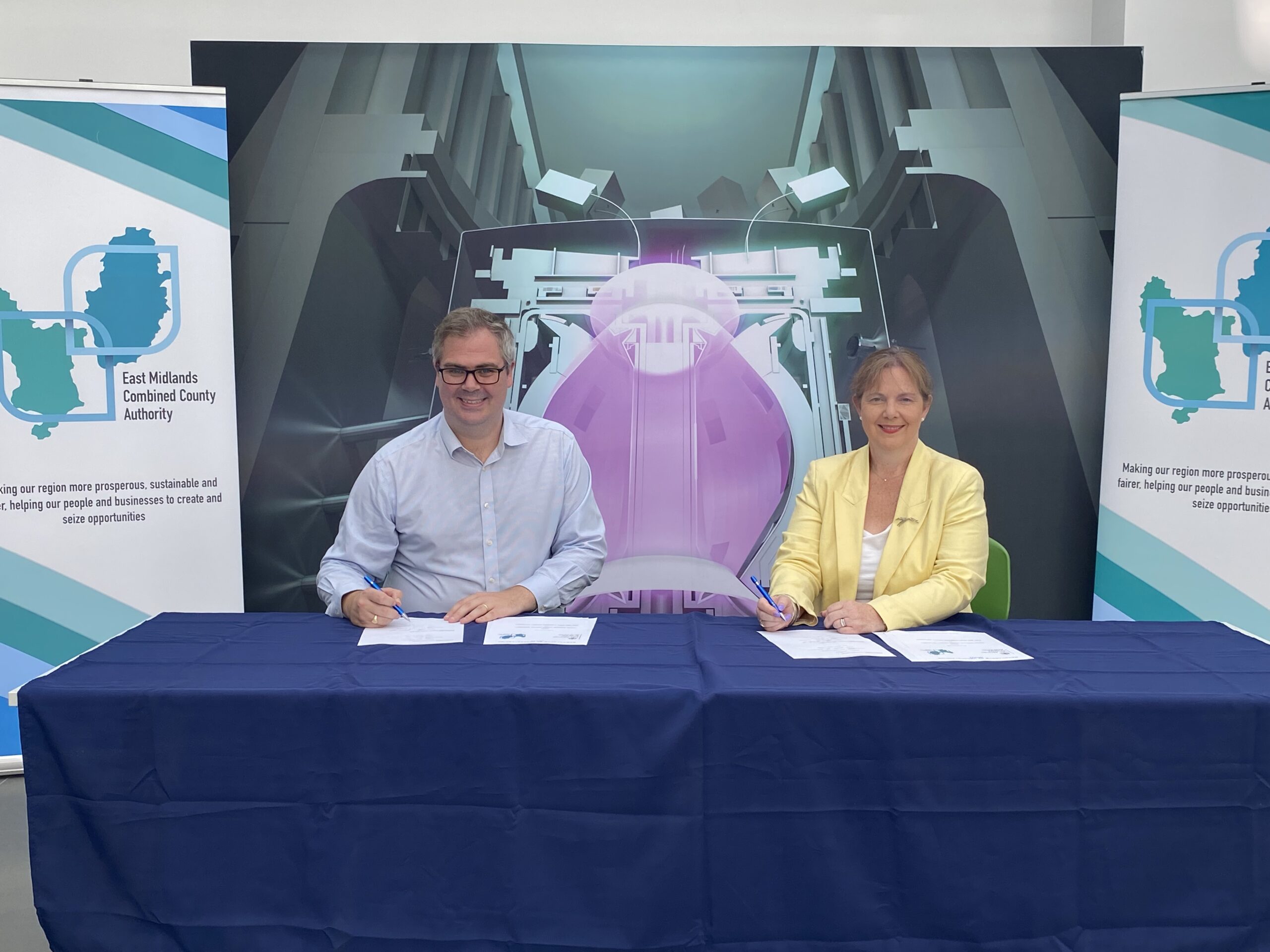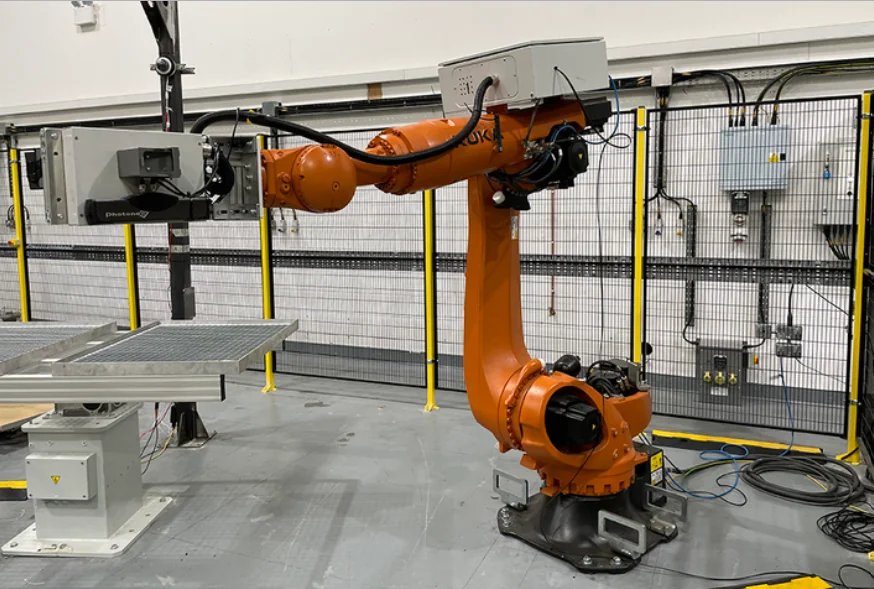We have one magnificent Sizewell B. We should have 10.
Sizewell B is the king of British nuclear. By extension, it is the king of British clean energy. The reactor, which returned to full power this week, is the most efficient nuclear reactor in British history, with a lifetime load factor of around 84%. By extension, it is the most important clean energy asset in Britain. It is no lie to say that no piece of kit is as important for our net zero journey than the lone reactor beneath the white dome of Sizewell B.
Today, it is supplying enough power for 2.5 million homes from just a tenth of a square mile. Last year alone, the station replaced 4 million tonnes of carbon and 2 billion cubic metres of gas use. In about 10 years’ time, it will pass either Heysham II or Torness nuclear stations for the highest lifetime output and most carbon saved of any power station.
Embedded in all this glory, however, is the single greatest mistake of British energy policy in the last 40 years: cancelling a whole fleet of Sizewell Bs. You read all the wonderful stats about what Sizewell B has done, is doing and will do for the next 30 years. You ask, if one is so wonderful, why not have 10?
Well, that was the plan.
In December 1979, the then-Energy Secretary David Howell made these remarks to the House of Commons:
“Looking ahead, the electricity supply industry has advised that even on cautious assumptions it would need to order at least one new nuclear power station a year in the decade from 1982, or a programme of the order of 15,000 megawatts over 10 years. The precise level of future ordering will depend upon the development of electricity demand and the performance of the industry, but we consider this is a reasonable prospect against which the nuclear and power plant industries can plan.”
Instead of following this very sensible plan, we succumbed to the temptation of cheap North Sea oil and gas coming on stream at that moment.
The wisest course was pursued by Norway, for whom the North Sea was also starting to yield results. At the same time as its oil and gas production was surging, Norway massively expanded its hydroelectric capacity, essentially totally decarbonising the grid. The oil and gas was saved for industry and for exports, such that Norway has a huge sovereign wealth fund (the “Oil Fund”) worth £1.1 trillion today, for a country of 5.5 million people. Norway also has the cleanest power in Europe and is a leading exporter to its neighbouring countries, including to the UK.
You will notice that we do not have a sovereign wealth fund the same size, that we do not have the cleanest power in Europe, and that we are one of the most import-dependent countries for our electricity supplies. That is because we did not follow Norway’s example. We did export oil and gas, but we also burned the gas for electricity. Cheap to build and cheap to run, the gas-fired power stations seemed a better option that building expensive nuclear power stations. The fleet of 10 Sizewell Bs shrank to 4, and then in the 1990s, down to just the 1. We created a gas-dependent electricity system that endured even after we became a net importer of oil and gas again.
What is the cost? 9 extra Sizewell Bs would mean 10.7 GW of extra capacity, producing 79 TWh of power per year if they produced at the same rate as Sizewell B. That means 31 million tonnes of emissions ever year and 16.5 billion cubic metres of gas use – and each reactor would have lasted for 60 years at least, probably 80.
The forfeiture of perhaps 2 billion tonnes of carbon savings and importing nearly a trillion cubic metres extra of gas should be at the front of mind for Great British Nuclear. We should vow never again to bottle a nuclear programme, dazzled by the lure of lower capital costs in the very short term. We know that any programme will take time to reach fruition, and we will hear the voices calling for the programme to be cut off in midstream. This time, however, we can show the consequences of that short-sighted approach: the billions of tonnes of extra emissions, the gas imports, the dependence on markets strangled by Russia, the record bills ruining living standards for millions of households. Yes, nuclear can take time, but the more committed we are, the less time it will take and the cheaper it will be.
So whatever we choose to build, we should build a fleet. We should seize and cherish the benefits of replication, and we should not waver in our resolve. It will be difficult to start up a proper programme of nuclear construction after so many years of having just one project going or no projects at all. Hinkley Point C, however, has given us precious momentum in our supply chain, a base of skills and capabilities to work from. We should do our utmost to exploit and not to squander as we have done so many times before. We should have the confidence in the course we take. After all, this is the future of our children and our planet at stake, and they deserve that from us.
 Lincoln Hill is the NIA’s Director of Policy and External Affairs.
Lincoln Hill is the NIA’s Director of Policy and External Affairs.
